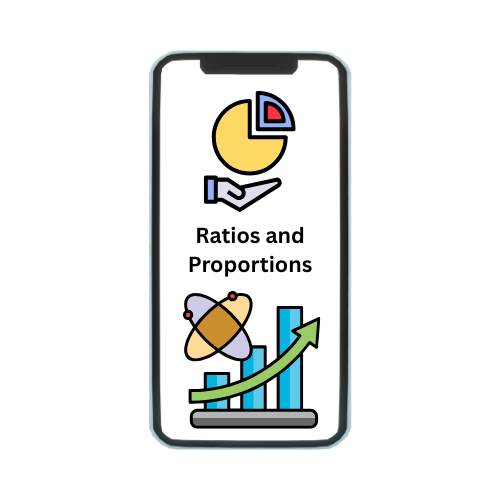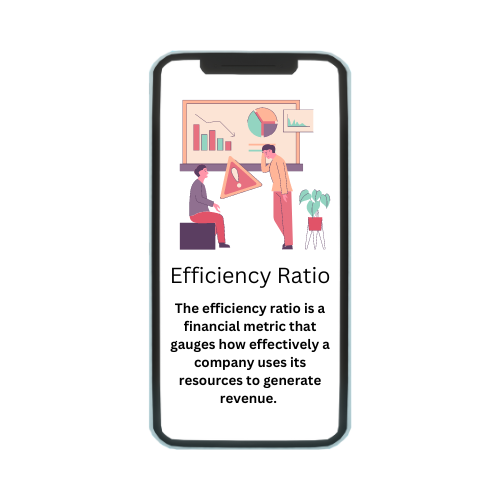Accounts receivable aging is a financial management tool that categorizes a company’s outstanding invoices based on the length of time they have been unpaid. This report is typically divided into time intervals, such as 0–30 days, 31–60 days, 61–90 days, and over 90 days.
It provides businesses with a clear view of their unpaid receivables, helping them monitor customer payment habits, assess credit risks, and manage cash flow effectively. By identifying overdue accounts, companies can take appropriate actions like following up on payments or revising credit terms, ensuring healthier cash flow and minimizing the risk of bad debts.
Purpose of Accounts Receivable Aging
- Cash Flow Management: By understanding when payments are due and how long they have been outstanding, companies can better forecast cash flow. If too many accounts remain unpaid for extended periods, it can strain the company’s liquidity.
- Customer Creditworthiness: The aging report helps determine which customers are reliable and which are consistently late in paying. A history of overdue payments might prompt the company to reassess credit terms or reduce the credit limit extended to certain customers.
- Bad Debt Estimation: Long overdue accounts (typically over 90 days) are more likely to become bad debts. The aging report aids in identifying these potentially uncollectible receivables, which can then be written off or handed over to collection agencies.
- Internal Performance Review: It also allows businesses to evaluate their internal processes for invoicing and collections. A high percentage of overdue receivables may indicate inefficiencies in billing or follow-up procedures.
Structure of Accounts Receivable Aging
The report typically categorizes receivables into specific aging intervals. These intervals provide a snapshot of the company’s outstanding invoices, allowing management to act based on the age of the receivables. The most common structure is:
- Current (0–30 days): Represents invoices that are within the standard payment period. These are generally considered low-risk.
- 31–60 Days Past Due: Indicates invoices that are slightly overdue. Customers with payments in this range may need a follow-up.
- 61–90 Days Past Due: Represents a more significant risk of non-payment. These accounts often require stronger action, such as more frequent follow-ups or revised payment terms.
- 91+ Days Past Due: Invoices in this category are considered highly delinquent. Businesses may need to escalate these accounts to collections or write them off as bad debt.
Interpretation of Aging Report
- High Proportion of Current Receivables: This indicates that most customers are paying on time, which is a healthy sign for the business’s cash flow.
- Increasing Aging Categories: If a significant portion of receivables is moving into the 60- or 90-day categories, it may signal the need for better credit policies, closer monitoring of customer accounts, or adjustments in collection practices.
- Customer Segmentation: By using the aging report, companies can segment their customers based on payment behaviors and identify those who regularly default or delay payments, allowing for tailored credit terms.
- Accounting for Bad Debts: When a receivable is deemed uncollectible after a long overdue period, businesses can use the aging report to determine the provision for doubtful debts and adjust their financial statements accordingly.
How Companies Use the Aging Report
- Prioritize Collections: Companies use the aging report to focus on overdue accounts that require immediate action, such as sending reminders or working out payment plans.
- Negotiate with Clients: If clients regularly appear in the overdue categories, the company can use this data to renegotiate payment terms, possibly offering discounts for early payments or tightening credit terms for risky clients.
- Adjust Credit Policies: Analyzing aging data over time can reveal patterns, prompting businesses to alter their credit policies to reduce exposure to default risks.
Impact on Financial Statements
Accounts receivable aging is a vital component of the balance sheet. The outstanding amounts in various aging categories affect the company’s accounts receivable asset. A significant portion of overdue receivables may require an increase in the allowance for doubtful accounts, thereby impacting net income and financial ratios such as the current ratio and accounts receivable turnover ratio.
Challenges and Considerations
- Over-reliance on Aging Intervals: While aging reports provide a quick glance at payment history, they don’t always reflect the customer’s entire credit behavior. A single late payment doesn’t necessarily indicate an unreliable customer.
- Inefficient Follow-up Systems: If the company lacks a structured process for acting on aging data, overdue accounts may accumulate, making it harder to recover payments.
- Credit Risk Management: Not all overdue accounts carry the same level of risk. Some businesses may have long payment cycles that naturally lead to later payments. The key is to assess these factors when analyzing aging reports.
Automation and Modern Tools
Many accounting systems now automate accounts receivable aging, reducing manual effort and making it easier for businesses to monitor receivables in real-time. These systems generate dynamic aging reports, offer alerts for overdue payments, and integrate with collection processes to enhance efficiency.
Conclusion
Accounts receivable aging is a fundamental aspect of managing a company’s financial health. It provides insights into customer payment behavior, cash flow stability, and the effectiveness of a company’s credit and collection policies. Regularly reviewing the aging report allows companies to act on overdue accounts, manage credit risks, and ensure a healthier balance between cash inflows and outflows.







